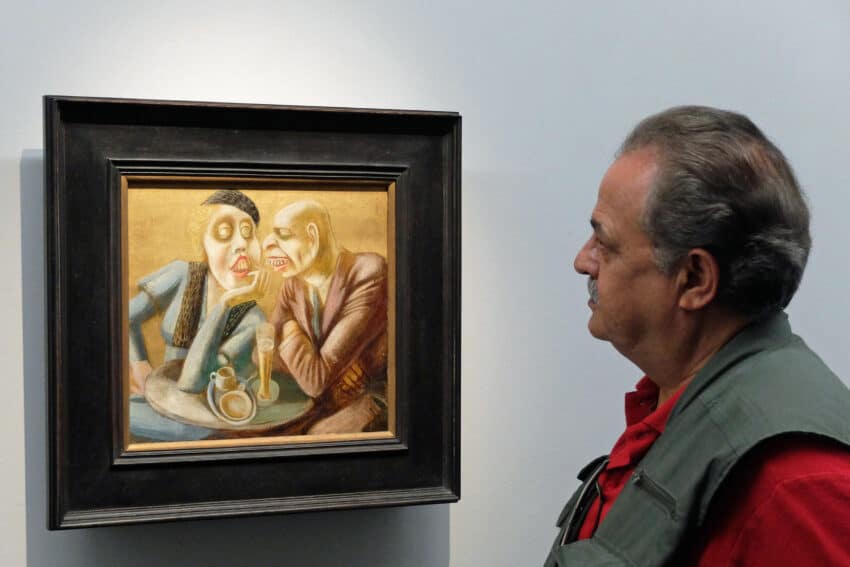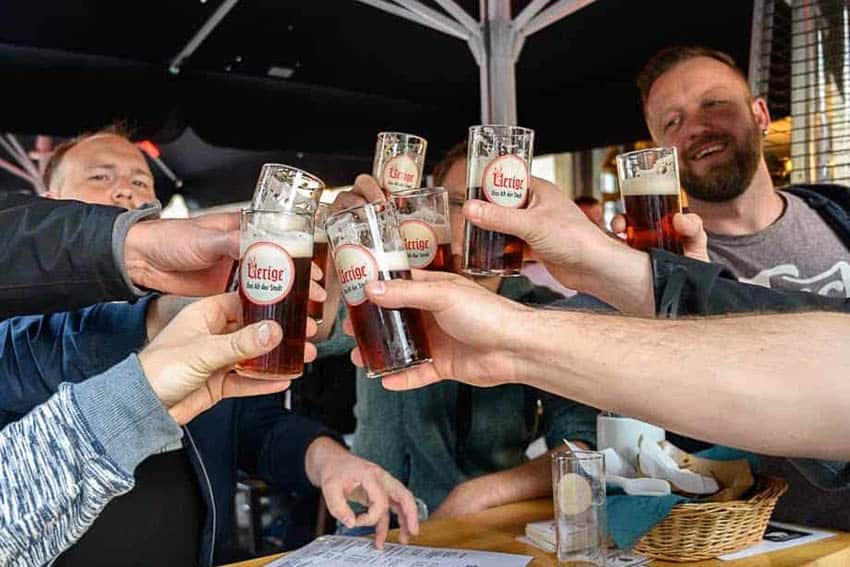
Schwerin Castle: A Class Act in Eastern Germany
By David Perry
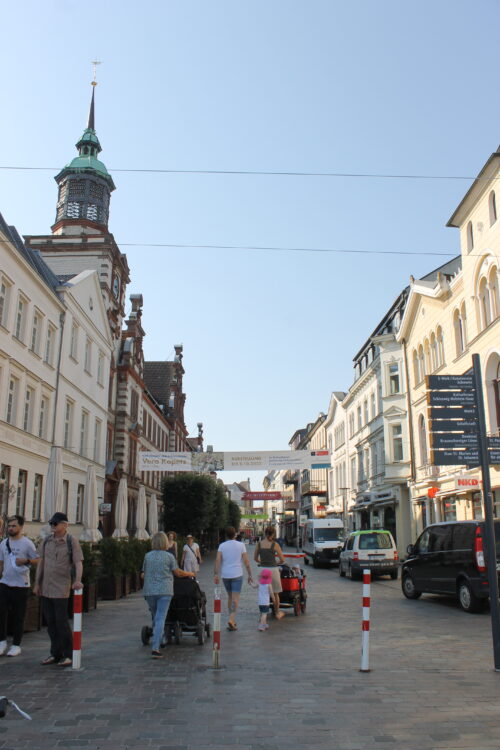
Schwerin Castle has a “Thank you, I think” story.
It wasn’t important enough to bomb. While Hamburg, Rostock, Berlin and a lot of other German cities got turned into confetti during WWII, Schwerin, once the seat of dukes and lords, had slipped so far into obscurity by that point that Allied bombers overlooked it.
After the war, it was one of the last towns standing.
Its palace? Intact. The cathedrals? Soaring. The market square bounded by pastel-colored guild houses? Packed every Tuesday with music and revelry.
Having survived both a world war and the 41-year hangover after it called East Germany, Schwerin came out of German reunification looking relatively spiffy and with the equally spiffy cachet as capital of the newly-formed state of Mecklenburg-Vorpommern.
A Fusty Gov’t Town?
And then slipped into obscurity AGAIN. Being a capital was a return to greatness for Berlin, but slapped Schwerin (just two hours away) with the dour reputation of being a fusty government town — politics is a dangerous game.
All of which goes to the question of where does one go in a city so far off the tourism map there’s not even a place to buy a “Schwerin” t-shirt?
Well, there is that palace. And the cathedral. And the market square…

Put Up Your Dukes
Turning a corner onto Schloßstraße (Schloss Street), I could not not see it; the buildings peel away to form the Alter Garten plaza and there, rising from an island in a lake, is the grand ducal castle of the House of Mecklenburg.
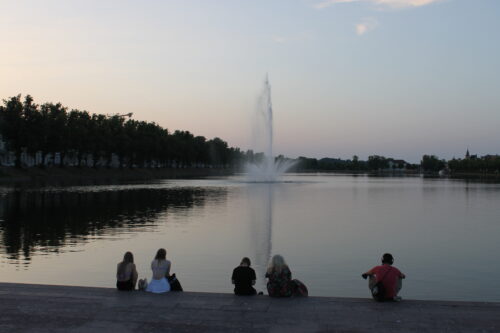
Ablaze in the afternoon light and crested with gold that caught every photon, it is nicknamed “the Neuschwanstein of the North” for good reason; the turrets and towers, its gardens and reflecting pools — Schwerin Castle deserves its own Disney movie.
Schwerin: Still a Place of Power
It is still a place of power; the state legislature sits in the old dance hall. But step away from the modern debates and the castle becomes a museum, or, rather, a time warp to the days of grandeur.
A citadel stood there since 973 AD, but the creamsicle-colored Barbie Dream Palace I found myself in dates to the mid 1800s, when imperial glamor reached its height.
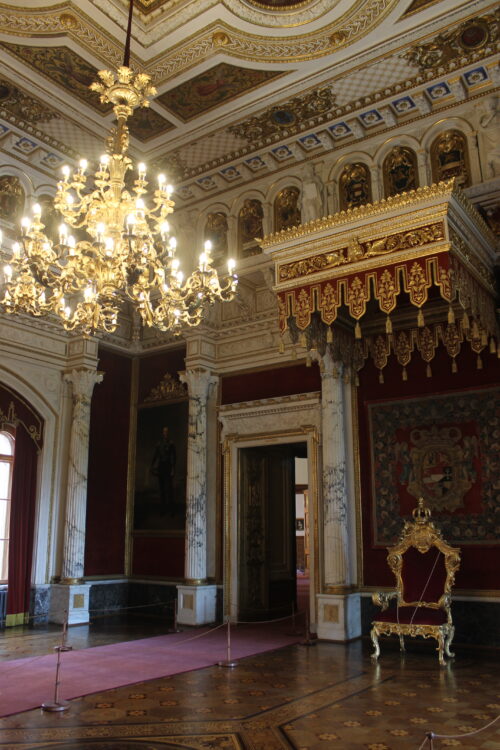
The throne room is a sumptuous mix of inlay, gold, velvet, and puissance. There hasn’t been a sitting duke in Scherwin since 1918, but I could still feel their power, however ghostly.
There is a room just for smoking, another just for reading, still others just for waiting for somebody to come or something to happen.
Schwerin Castle is a testament to not just the (really) good life, but how prescribed it was.
Aristocrats in Armor
I wandered past paintings of former aristocrats, one in full armor, another in a dress weighing 55 pounds, and through the halls, parlors, and staterooms — if there was a necessity, they had a room for it.
One of the attics has coffins just in case a visiting potentate died. As the duke, you could never be caught with your pants down.
From the towers of the castle, silhouetted against the sun, was a tower of a different sort: the steeple of Schwerin Cathedral.
It was something else I could not not see; it’s the tallest thing in town, as well as the most sacrosanct.
The ambulatory is given over to an open-air crypt for the ducal family, and as a place of worship for the hoi polloi, there was a time when the church was astonishingly decorated.
Not that you could tell now; anti-Catholic iconoclasts came in riding a wave of Lutheranism in the 16th Century, stripping the gold and covering the paintings in white plaster, giving the whole cathedral an unfinished look.
It was only after German reunification that restoration recovered some of the original art.
Getting Lost
Speaking of “recovered,” it took about 15 minutes for that to happen after I climbed the steeple, all 220 steps of it. But at 385 feet tall, the tower affords a literally unrivaled view of the palace, the 12 lakes studding the city, and the Altstadt, the old town.
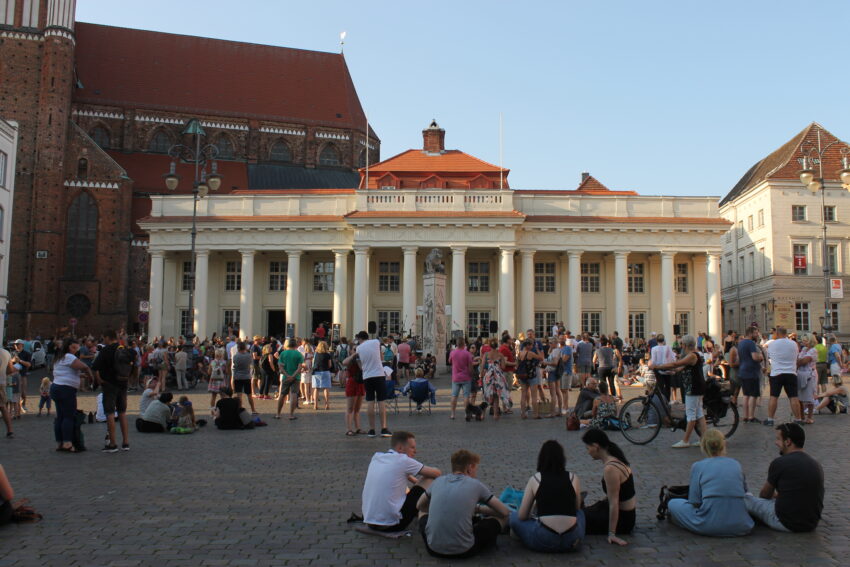
Old Schwerin is a mix of half-timbers and historicism, a squiggle of antique streets made for wandering. The oldest building goes back to 1572, but just about everything else was built in the 18th and 19th centuries, when, as the capital of the Duchy of Mecklenburg, Schwerin was at its height…and had to look the part.
 The Am Markt was high on the glow-up list; an open-air market next to the cathedral and overlooked by the town hall, it was loud, dirty, and not something the dukes wanted to see.
The Am Markt was high on the glow-up list; an open-air market next to the cathedral and overlooked by the town hall, it was loud, dirty, and not something the dukes wanted to see.
So a new building was built, the sellers thrown in, and the market became an elegant square perfect for events, with the town hall (the orange one) and market hall (the collonaded one) as cornerstones.
It was the same story for the nearby Ziegenmarkt, the square where goats and fish used to be sold but is now a leafy respite fronted by the Zum Freischütz, the most popular pub in town.
Triple the Fun
But why build one prestige project when you can have three for triple the price? Along with the market hall, the Mecklenburgs threw up the Mecklenburgisches Staatstheater and Staatliches Museum — both next to the palace, of course — to inject a healthy dose of culture into the ducal city, and they still do.
Walk along Schloßstraße or Pfaffenteich Lake (it’s the one with the fountain) and it struck me that Schwerin isn’t fusty at all. It’s classy. There’s a difference.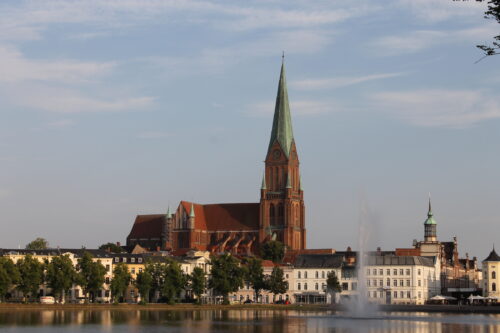
While Berlin and a lot of other cities in Germany (and out) sexed themselves up with sleek new buildings, Schwerin remains stately.
It wears its age proudly, even overemphasizing it; the Weinhaus Wöhler, the power restaurant of town, is “only” 200 years old, but looks twice that.
Its stained-glass windows, polished wood, and cubbyholed tables seem lifted out of an Albrecht Dürer painting.
Strong Beer
This doesn’t mean Schwerin can’t kick up its heels; the crowd at Benno B. was all about the party and how can any town that sells beer with a whopping 57 percent ABV be a flatline? This is still Germany, after all.
Ironically, my hotel was one of the few new places in town; the InterCity is a classic East German concrete block and with a great breakfast. It overlooks the Grunthalplatz, another charming square, this one set off by the train station and a fountain of a man and woman whose mutual nudity made the woman who commissioned it faint.
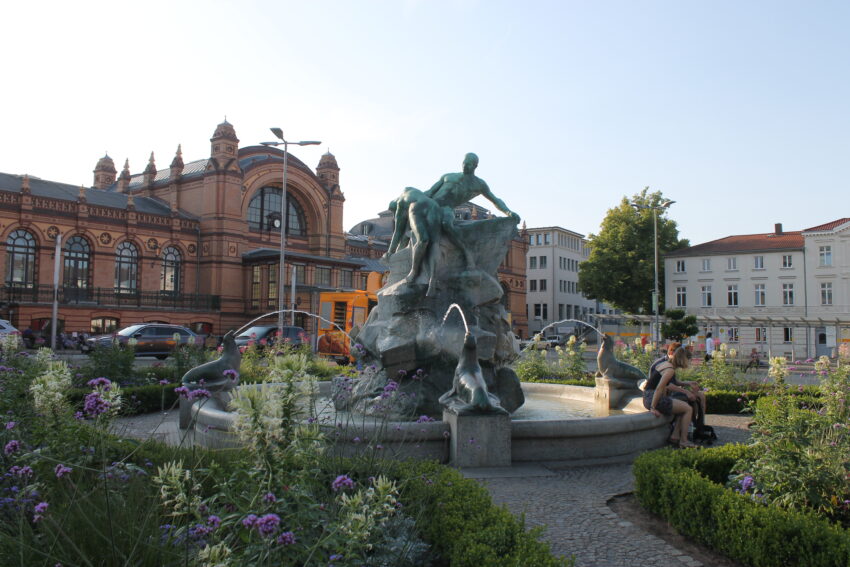
I was sipping a beer infused with buckthorn, a citrusy local favorite, watching the sunset lend a solar pink hue to the grand buildings. The next day I would be in Berlin, and it would be like hitting a temporal fast-forward button. But to say that Schwerin is a time-warp isn’t exactly right; there’s a modern city under all that grandeur and “you can never go back.” But I can say that I got very close.
 David Perry is a freelance journalist and travel influencer living in New York City
David Perry is a freelance journalist and travel influencer living in New York City
- Saudi Arabia Might Be Your Next Getaway Spot - April 23, 2024
- Mongolia, the Land of Eternal Blue Sky - April 20, 2024
- These 9 U.S. National Parks Require Reservations in 2024 - April 17, 2024


